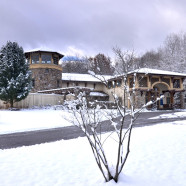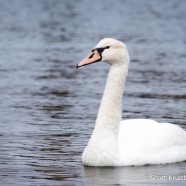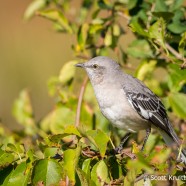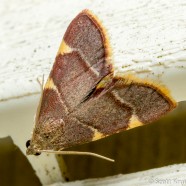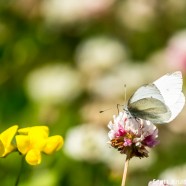RTPI’s National Invasive Species Awareness Week
National Invasive Species Awareness Week – February 21-27, 2016 RTPI, in partnership with WNY PRISM, will be offering multiple events to the public during week. If you wish to register for one or both of the workshops please fill out this form. Please register by mail or email no later than Saturday February 20th. Registration forms and checks payable to the Roger Tory Peterson Institute can be sent to 311 Curtis Street, Jamestown NY 14701. Forms may also be emailed to Elyse Henshaw atehenshaw@rtpi.org and payment can be made the morning of the workshop. Monday February 22 at 6pm Ken Parker...
Read MoreMute Swan
They may be a non-native and invasive species, sometimes harmful to our native waterfowl, but one has to still appreciate the beauty of the Mute Swan on a winter day when they are trying to survive like everything else.
Read MoreNorthern Mockingbird
The Northern Mockingbird does not need a mask because its incredible vocal range can turn it into nearly anything imaginable. Depending on where you live Mimus polyglottos may be an uncommon to rare species or a typical neighborhood pest. They have been advancing north in the past several decades, possibly because of development and more favorable habitats and likely thanks to climate change. They are still a scarce bird in the Chautauqua-Allegheny region likely for both of those reasons, as well as our higher elevation. Why the pest, you ask? One day, if you’re fortunate, you may wake up to...
Read MoreClover Hayworm Moth
Here’s what seems to be the Clover Hayworm (Hypsopygia costalis) moth, a species that I saw on multiple occasions during the middle of the summer. Apparently their name is derived from their caterpillars being a historic pest in haystacks, and they feed on various forms of dried vegetation. Scott Kruitbosch Conservation & Outreach Coordinator
Read MoreCabbage White
Here we have the Cabbage White or Small White (Pieris rapae) butterfly feeding on a clover. While they are an introduced species and abundant, sometimes a pest to the crops they are named after, they still do have a beauty on a late spring day among the green and rapidly diversifying colors.
Read More



